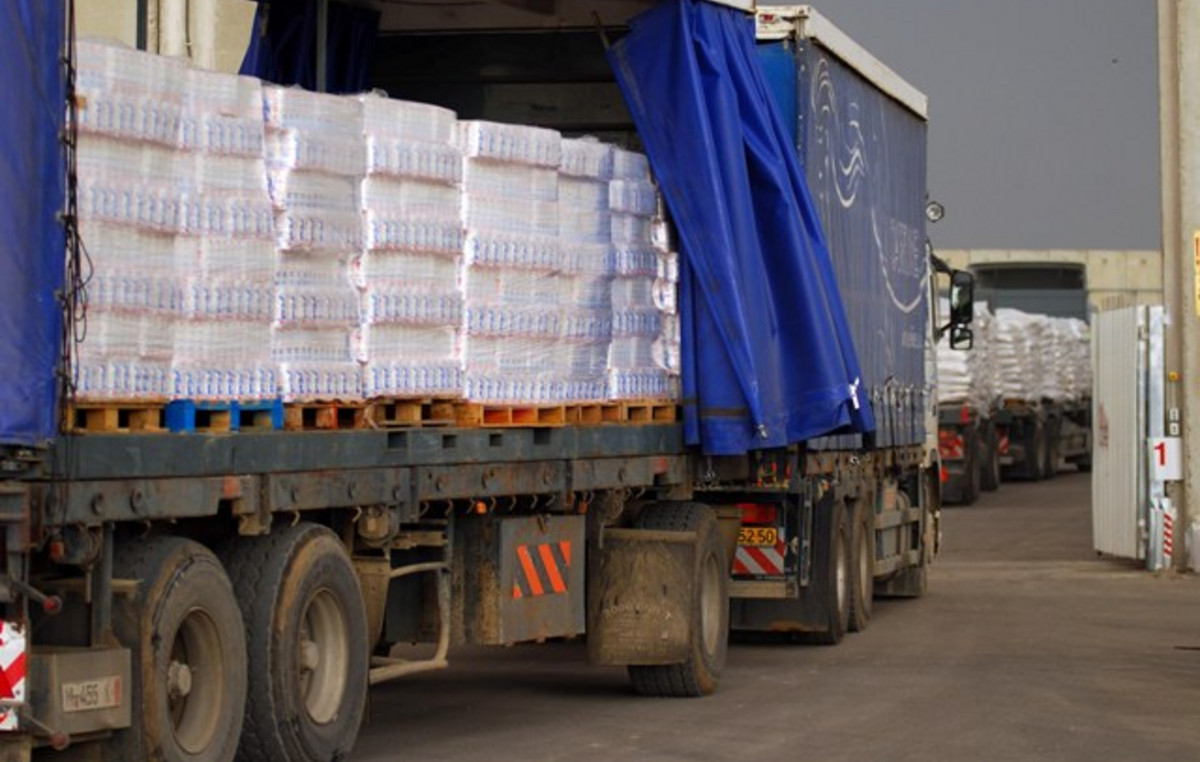A survey conducted by Fundação Abrinq found that in 2021, about 1.3 million adolescents were in child labor in Brazil.
The survey called “Child Labor from the Continuous Quarterly National Household Sample Survey, carried out based on data from the Brazilian Institute of Geography and Statistics (IBGE), showed that 86% of adolescents between 14 and 17 years old who are in the labor market workers are in a situation of child labor. In 2020 the rate was 84.8%.
To draw attention to this scenario, the International Labor Organization (ILO) established the date of June 12 as World Day Against Child Labor, with the aim of alerting society to the problem and mobilizing it to face this situation. .
According to data from the Ministry of Women, Family and Human Rights, among adolescents, children aged 14 to 15 and 16 to 17 years old are the ones who drop out of school the most.
Child labor scenario in Brazil
When the age group of analysis is expanded, Brazil has more than 1.7 million boys and girls between five and 17 years old with occupations in agricultural and non-agricultural activities, including those who work in productive activities for their own consumption.
In the country, the Constitution prohibits any work for those under 16, except in the condition of apprentice, from the age of 14, and delegates to the family, society and the State, jointly, the responsibility to protect children and adolescents in any way. of negligence or exploitation.
The survey also found that among the 1.3 million teenagers in child labour, 66.4% are boys and 33.6% are girls.
Types of activities
According to data from the study, 44.8% of adolescents aged between 14 and 17 are in the worst forms of child labor, on the so-called TIP list. The conditions involve harm to health, development and morality.
Victor Graça, executive manager of Fundação Abrinq, said that the consequences and risks for boys and girls who are in child labor are numerous.
“It is common for many to have their school performance impaired or drop out of school, compromising their educational development. In health, exposure to dirty places, handling sharp objects and the extreme physical effort required by certain activities can harm physical growth and generate greater issues such as limb amputations, psychological sequelae or even deaths”, he explains.
According to the foundation, the data are important to direct efforts and engagement of society towards greater protection of children and adolescents, since unemployment and vulnerability of low-income families can lead to an increase in the number of cases of early work. .
One of the goals of the United Nations (UN) Sustainable Development Goals is the eradication of all forms of child labor by 2025.
Brazil was one of the countries that signed the document pledging to end child labor.
Source: CNN Brasil







